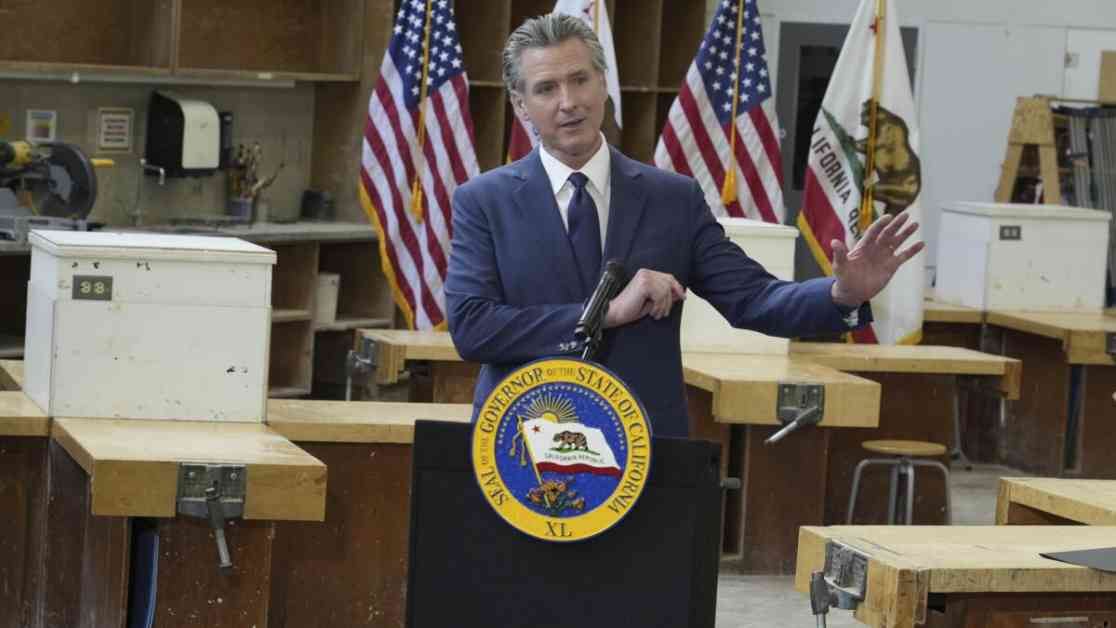**Key Points from Governor Newsom’s Budget Plan: What You Need to Know**
California Governor Gavin Newsom’s administration recently unveiled the state’s initial spending plan for the upcoming 2025-26 budget year. This budget proposal serves as a launching point for discussions with lawmakers regarding the programs and policies they wish to prioritize moving forward. However, this year’s budget process has been far from ordinary.
**Diverse Reactions and Unconventional Approach**
Governor Newsom deviated from tradition by forgoing the traditional budget presentation at the state Capitol. Instead, he opted to provide a brief overview of the state’s financial plan in Turlock, emphasizing a positive outlook despite challenges such as the ongoing wildfires in Los Angeles County. California Director of Finance Joe Stephenshaw further elaborated on the budget details during a press conference in Sacramento.
**Subjective Accounting and Surplus Controversy**
One prominent aspect of the budget proposal is the subjective nature of accounting practices, which has sparked debates among lawmakers. Newsom highlighted a “modest” surplus, but critics argue that this surplus is misleading due to the withdrawal of $7.1 billion from the state’s rainy day fund. This withdrawal, while agreed upon last year, has raised concerns about how the surplus is calculated and whether it accurately reflects the state’s financial standing.
**Job Retention and Funding Cuts**
Another noteworthy revelation from the budget plan is the decision to retain 6,500 state jobs, contrary to Newsom’s previous announcement of eliminating 10,000 vacant positions. This shift reflects the dynamic nature of budget negotiations and the prioritization of essential roles, particularly in emergency response sectors like firefighting.
**Focus on Homelessness and Housing**
Newsom’s proposal includes the establishment of a new “California Housing and Homelessness Agency” to address the state’s persistent housing and homelessness challenges. This initiative follows previous efforts to enhance accountability in addressing homelessness, underscoring the administration’s commitment to tackling this pressing issue.
**Proposed Changes to Rainy Day Fund and Taxpayer Returns**
Furthermore, the governor has proposed changes to the state’s rainy day fund regulations, aiming to increase deposits and exempt them from spending limits. This adjustment, which requires voter approval, seeks to bolster the fund for future economic uncertainties while potentially impacting taxpayer returns.
In conclusion, Governor Newsom’s budget plan for the upcoming fiscal year presents a blend of optimism, controversy, and strategic decisions aimed at navigating California’s financial landscape. As discussions unfold and negotiations progress, the true impact of these proposals on the state’s residents and economy will become clearer. Stay tuned for further updates on this evolving budget scenario.




